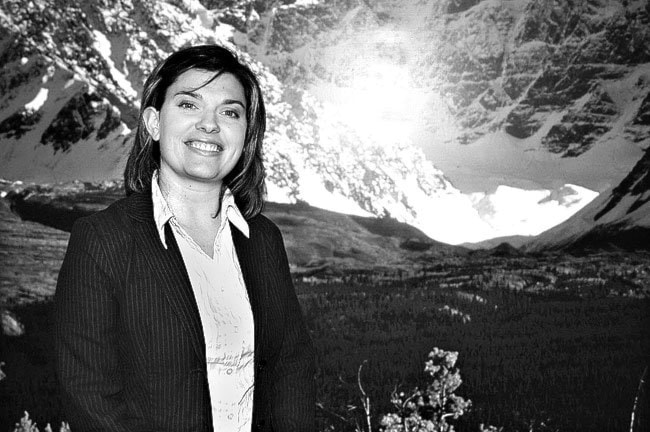The story of Clarence Berry is remarkable.
Not because of the fact that he went to the Klondike in the late 1890s and found a fortune in gold, but that he was able to hold on to those riches until the day he died, nearly 30 years later.
When Berry left Selma, California for the Klondike in 1894, he was a nearly bankrupt fruit farmer down on his luck.
He returned home to California a year later and married his childhood sweetheart, Ethel, whom he took back with him to Fortymile.
In fact, Ethel and Clarence spent their honeymoon climbing the Chilkoot Trail.
Accounts of Berry’s life say he was a hardworking, honest and sober man, but he found little luck at Fortymile until he began hanging around the local bar and ran into another miner named Antone Sander.
Sander was a handsome Austrian who happened to be down on his luck, according to Pierre Burton’s book Klondike: The Last Great Gold Rush.
Sander had no money, no food and no credit at the local store to buy provisions.
“He was desperately seeking a friend when Berry, who had been tending bar in McPhee’s saloon, volunteered to help him,” wrote Burton.
“The grateful Stander traded Berry half of his Eldorado property for half of a claim that Berry had staked on Upper Bonanza.
“With this simple gesture Berry laid the foundations for one of the largest personal fortunes to come out of the Klondike.”
Then came the backbreaking work of working the claims. The men burnt shafts through the permafrost to reach the bedrock where the gold lay.
Thawing the earth with fire was a painstaking process.
Miners had to haul firewood to their claims and then painstakingly thaw the frozen ground with a series of fires.
The average rate of descent was one or two feet per day, and bedrock lay from 1.5 to 7.6 metres down.
Buckets of muck were hoisted to the surface, stockpiled and sluiced for paydirt.
After months of hard work they pulled buckets of gold out of the claim, and were savvy enough to secure the adjacent claims before word of the find got around to the other miners.
In July 1897, Clarence and Ethel were two of the famed travelers laden with gold to land at Seattle on the SS Portland.
“Yes, it is true that 10 months ago I was a poor miner, cast down and discouraged with three years’ unrewarded prospecting,” Clarence told the New York Times on July 19, 1897.
“Today my wife and I are returning to San Francisco with over $130,000 worth of gold in our possession, most of it in nuggets.”
Newspapers dubbed Ethel the “Bride of the Klondike.”
And the Berrys did not stop there.
Adding to their find in the Klondike, the Berrys continued to strike it rich at Ester Creek and Circle.
While in Ester, Berry accidentally discovered a better way to work the permafrost in a claim - steam thawing.
With steam miners could defrost 2.4 to three metres of frozen gravel each day.
(This innovation paid off for Berry and in 1992 he was inducted into the National Mining Hall of Fame for the invention.)
The Berrys’ streak continued with oil in California and today the Berry Petroleum Company is still operating in California, Colorado, Utah and Texas.
Clarence died in 1930, and Ethel in 1948.
This column is provided by the MacBride Museum of Yukon History. Each week it will explore a different morsel of Yukon’s modern history. For more information, or to comment on anything in this column e-mail lchalykoff@macbridemuseum.com.
